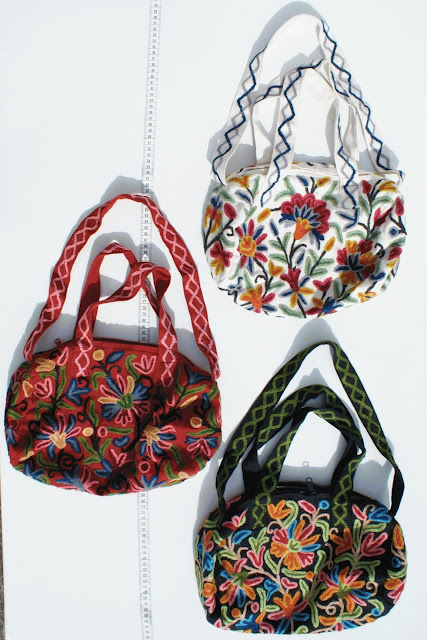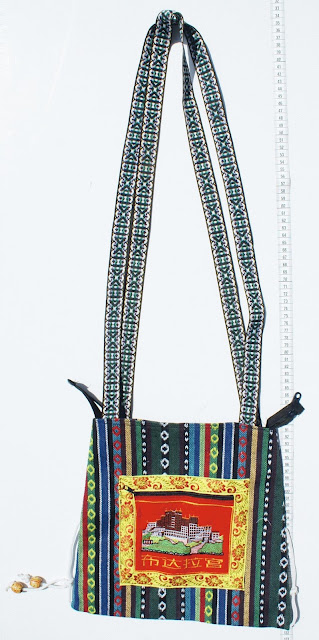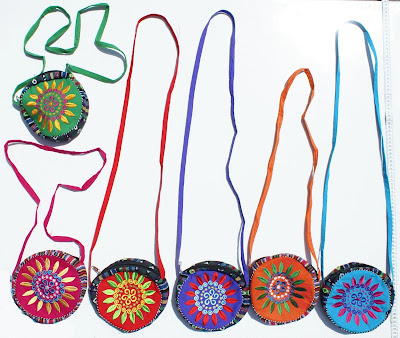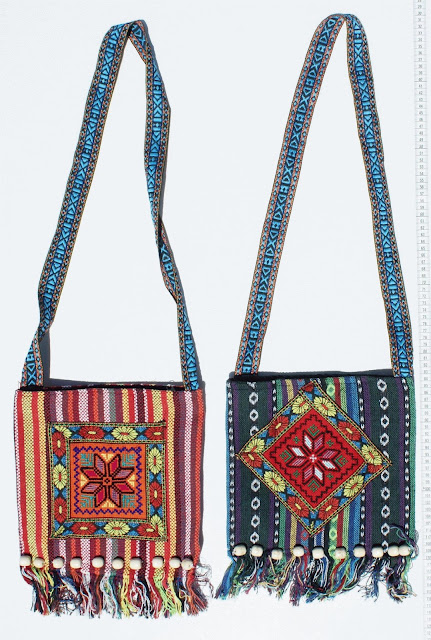If our tears do not lead us to act,
Then we have lost the reason of our humanity,
Which is called the compassion.
Famous quotes by His Holiness The 14th Dalai Lama
His Holiness the 14th Dalai Lama was born in July 06, 1935 and His religious name is Tenzin Gyatso. His Holiness the 14th Dalai Lama is important monks of the Gelug school, the newest school of Tibetan Buddhism. The 14th Dalai Lama was born in Taktser village and He was the reincarnation of the 13th Dalai Lama. In 1937 at the aged of two His Holiness was formally recognized as the 14th Dalai Lama.
In November 1950, at the age of 15, His Holiness lost in Homeland after China's invasion of Tibet. During the 1959, His Holiness the 14th Dalai Lama escaped and fled to India. The 14th Dalai Lama received the Nobel Peace Prize in 1989. He has traveled the world and has spoken about the welfare of Tibetans, environment, economics, women's rights, non-violence, interfaith dialogue, physics, astronomy, Buddhism and science, cognitive neuroscience, reproductive health, and sexuality, along with various Mahayana and Vajrayana topics.
When we see His Holiness the Dalai Lama, what we are actually seeing is the holy body of the Compassion Buddha in human form. His Holiness the Dalai Lama is the actual living Compassion Buddha, so besides hearing his holy speech, even just seeing his holy body is great purification—it makes preparation in our mind for us to be liberated from the oceans of samsaric suffering and plants the seed of enlightenment.
By seeing His Holiness, especially by hearing his holy speech, and by seeing all his qualities, the hearts of many millions in the world have been filled with hope and joy and peace.
A good news, You get notified by an instant notification of latest message posted by the Dalai Lama Himself.
Click here to download the instant messages
A good news, You get notified by an instant notification of latest message posted by the Dalai Lama Himself.
Click here to download the instant messages
Thank you for reading, may you find peace and great bliss. With your support it helps to spread the Buddha’s precious teachings and turning the Dharma wheels in the world.
Aspiration For Bodhichitta
For those in whom the precious Bodhichitta has not arisen
May it arise and not decrease
But increase further and further.
Dedication of Merit
By this merit may we obtain omniscience then.
Having defeated the enemies wrong-doings.May we liberate migrators from the ocean of existence.With its stormy waves of birth, old age, sickness and death.
*Note
I do not own or infringe any copyright of these pictures.
Pictures courtesy and credit to the rightful owners.


















